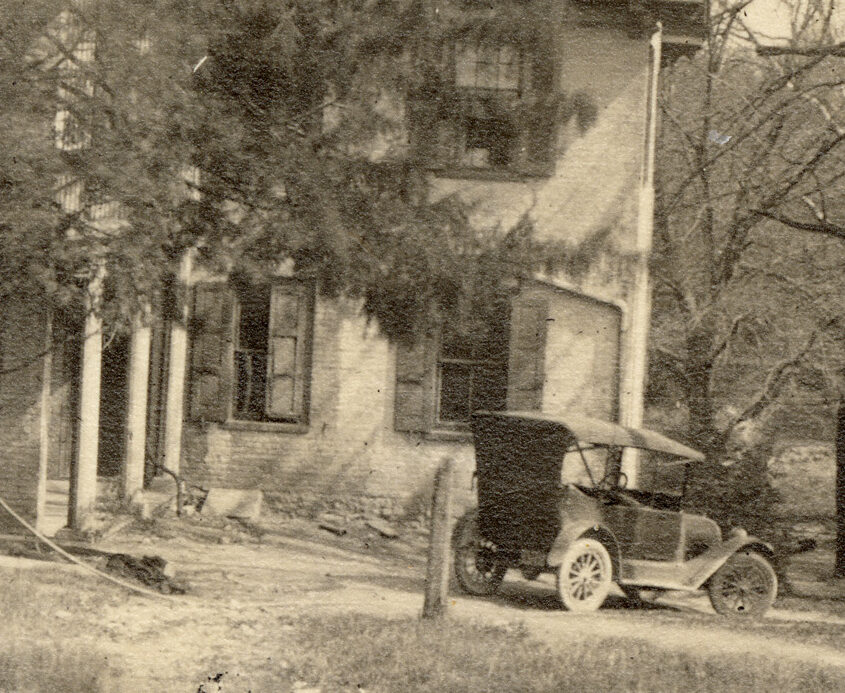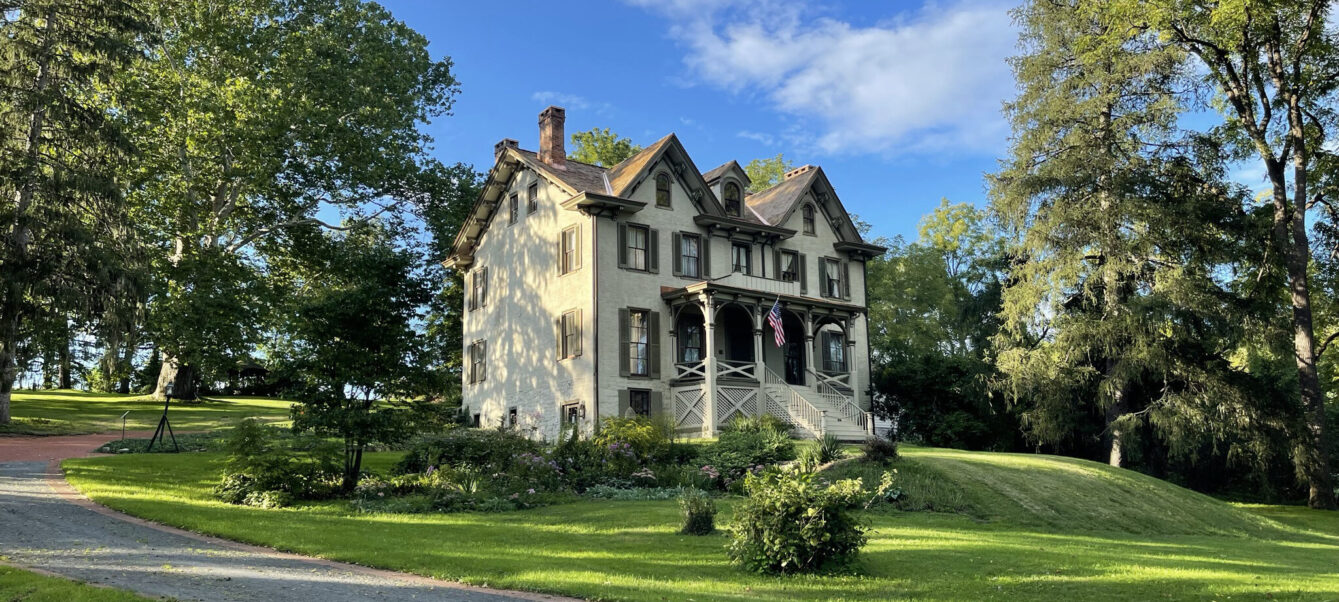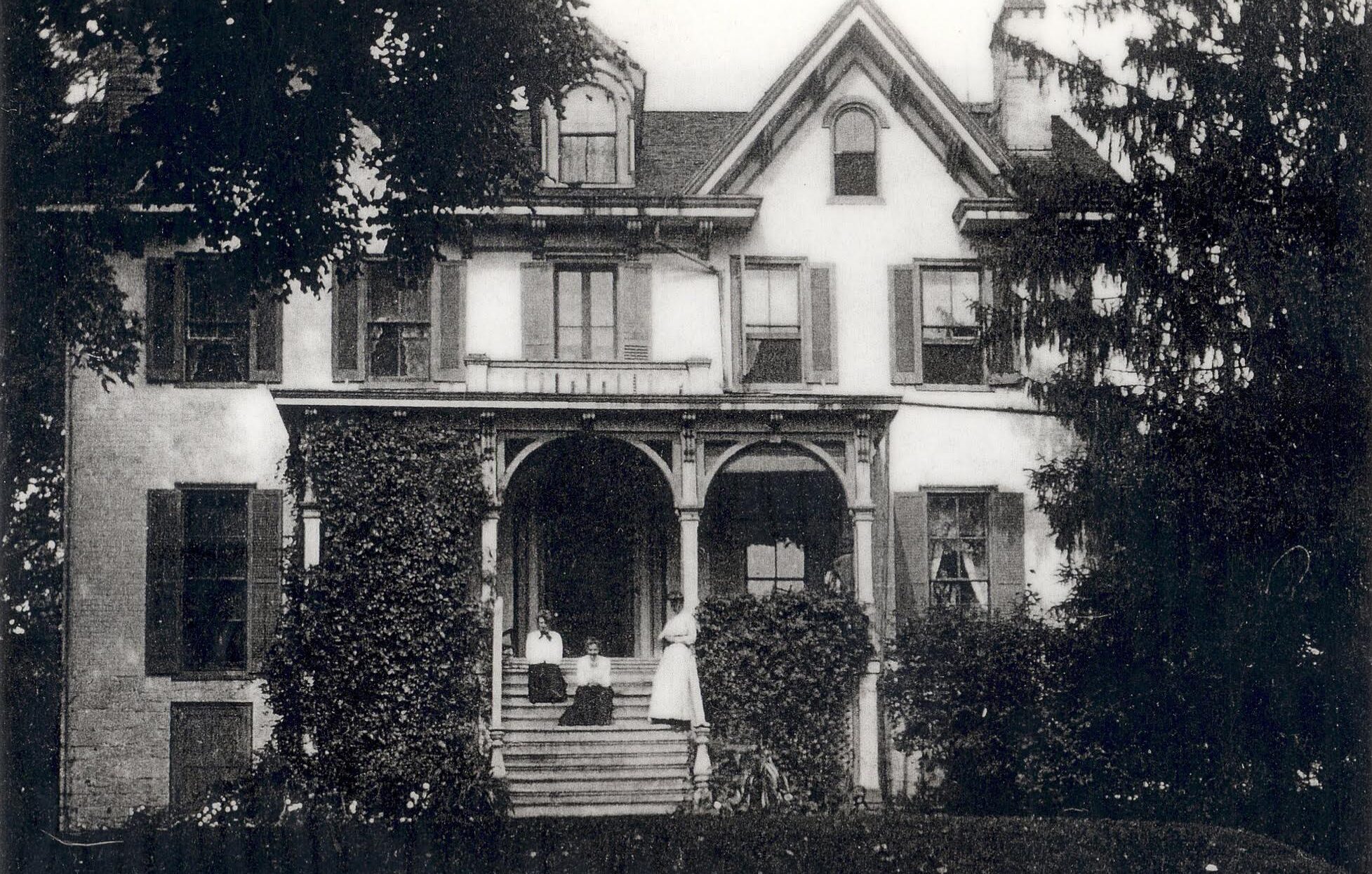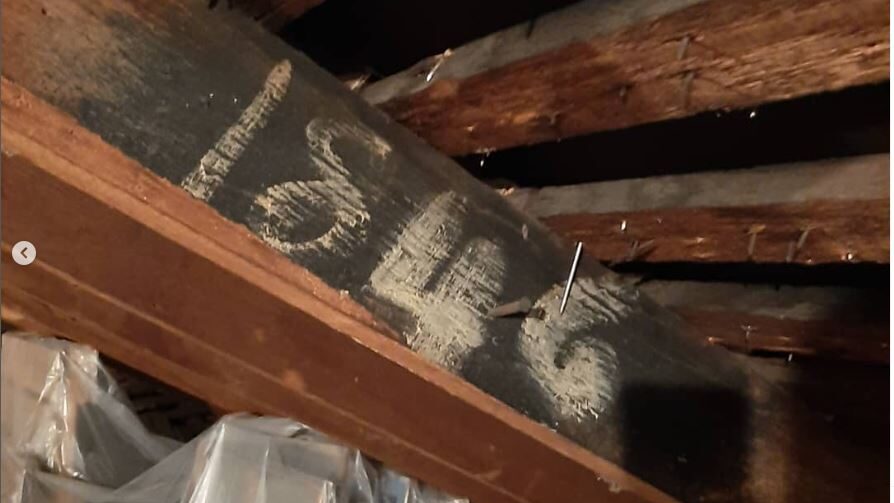


Ironmasters Samuel Miles and John Patton from Philadelphia bought over 16,000 acres to found Centre Furnace in 1791. Local quarries and forests provided the iron ore, limestone, and charcoal used to make the metal bound for Philadelphia and Pittsburgh. Today, these lands would cover much of State College and University Park, as well as parts of Benner, College, Ferguson, Halfmoon, Harris, and Patton townships.
Centre Furnace Village included the still-standing ironmaster’s Mansion and furnace stack. Houses for the iron and farm workers, a church, post office, company store, school, blacksmith shop, gristmill and sawmill
have since crumbled into history.
The furnace went “into blast” in 1792, and an ironmaking village grew up around the furnace. According to early tax records, Col. Patton and his family, the first to live at Centre Furnace, made their home in a log structure.
Col. Miles was an entrepreneur and politician. In 1790 he was elected Mayor of Philadelphia, and probably never saw Centre Furnace. Col. Patton, however, had experience with iron making in southeast Pennsylvania and acted as ironmaster. In 1798 he sold out to Miles and retired to a farm near what is now Shingletown.
Centre Furnace Mansion was the ironmaster’s mansion. Here, the ironmaster could oversee the operations of the furnace business, located within view from the southwest corner of the house. It is appropriately called a mansion, since a mansion is the largest house in a village. This was the largest and grandest house in Centre Furnace Village. It is situated on a small knoll and looked over the village.
Moses and Mary Irvin Thompson moved into the Mansion in 1842. A General William Houston was part owner and lived at Centre Furnace (and we assume in the Mansion) in the 1830s. Joseph Green, Jr. and J. Miles Green, relatives of Col. Samuel Miles, both served as Centre Furnace managers during the 1830s and may have lived here during that period. Joseph Green, Sr. was a carpenter who came with the Miles’ from Chester County in the 1790s. He is reputed to be the builder of the furnace stack and may also have built the Mansion. According to John Blair Linn (History of Centre and Clinton Counties), he did build the furnace and his house in Milesburg.
The Mansion’s ell was added in 1846 by Moses and Mary Irvin Thompson.

To demonstrate their modern tastes, the Thompsons Victorianized their front rooms with large windows and slate mantels, while the back bedrooms maintained their simple Georgian look with original mantels and six-over-nine pane windows.
Members of the Thompson family lived in the mansion until 1912. In a 1920 letter from his father, Madison Garver to David Garver, it was described that the house had fallen into despair. Madison Garver purchased the mansion as a wedding gift for David and Anita Marguerite Imboden. He made many improvements including running water and electricity. David Garver died in 1975 and bequeathed the mansion to the Centre County Historical Society.
When the Historical Society received the mansion, it was decided that it should be restored to its appearance during the period of residency of the Moses Thompson family 1842-1891. Certain modern conveniences were retained or modified. Central heating was retained, but the radiators which had been in place were removed. Running water and restroom facilities were installed only on the lowest level. Electricity was updated throughout the house. An extensive fund raising effort was made to raise the money for the restoration, and efforts were made to use wallpaper and furnishings of the period based on wallpaper samples that were discovered in restoration. With donations of artifacts and furniture, the Centre Furnace Mansion now serves as a historic house museum to take visitors back in time.
Connections between Penn State and Centre Furnace Mansion continue today through Penn State student volunteers and interns who serve in numerous ways and Penn State faculty who serve the CCHS on the Board of Governors, committees and special projects.
Additional Resources
Centre County Architecture Guide to Styles
The Iron Industry in Centre County
Glimpses of Life at Centre Furnace Mansion during the 1890’s from Grandma Beaver’s Journals